Matti Haapoja – From a piece of string to a leather patch of skin
Artefact of the month - July 2022
“Incurable malice is peeking out of the corner of the eyes of this dark and harsh-looking man”
This is how the mannequin of Matti Haapoja, one of the best-known criminals in Finnish criminal history, was described in an article in Seura magazine in 1936. The article presented the collections of the Prison Administration Museum’s “crimes, suffering and longing for freedom,” which also included the mannequin of Matti Haapoja. Who exactly was this Matti Haapoja, described as an unruly criminal and ruthless brute? Why is the head of the mannequin depicting him currently in the prison collections of the National Museum of Finland, and is the head the only collection object about Haapoja?
Haapoja's road to the path of crimes
Matti Haapoja was born in 1845 in Isokyrö, Southern Ostrobothnia. Haapoja spent his childhood in Ylistaro, which belonged to Isokyrö. Haapoja’s childhood was harsh in the shadow of his rugged father Heikki and the eldest brother Juho. In his own memoirs, Matti Haapoja said that when getting riled up, the drunken Heikki Haapoja could drive the rest of the family out of the house and into the night. In one recollection, Matti Haapoja says that his father destroyed a large part of the family's furniture with an axe and continued to rage outside as well. Eventually, the villagers who woke up to the situation had intervened in the rampage and struck Heikki unconscious. Haapoja’s father was a petty criminal and he received district court convictions for e.g. deforestation and drunkenness, but presumably posed the greatest danger to his own family.
According to his memoirs, Haapoja started his own series of crimes at the age of 10, when he would steal small things from his household for a familiar farmhand, receiving a small amount of money as a reward. Haapoja also stole wheat buns from the market at the instigation of his comrades, as a result of which his eldest brother “treated Matti's back with an axe handle.” In his own words, an overly violent childhood in the shadow of his father, and his even more violent big brother, left a mark on him, and toughened up his spirit hard. Unfavourable home conditions drove Matti Haapoja to look for work elsewhere when he was 11 years old. He worked as a farmhand and got drafted in the army for two years in 1863.
In his spare time, Haapoja kept the local population on their toes with the help of a group of five he had formed. Their habit was to cause trouble at local parties and celebrations. By the end of the 1860s, he had already received several district court convictions. It is likely that far more criminal acts took place than the trial records show, as the local population did not always dare to report Haapoja's wrongdoings to the authorities. According to the recollection, Haapoja, who admired the Puukkojunkkari (knife-jerk) culture, had stated: “Antti Isotalo is the king of Härmä, I must be the king of Ylistaro.” Haapoja's years as a free man finally ended in 1869, when he killed his childhood friend Heikki Imponen at a local wedding. Matti was sentenced to 12 years of forced labour in the Turku penitentiary in Kakola.
The birth of Haapoja's myth
Matti Haapoja’s fame is especially related to what he did during his forced labour sentence. During his sentence, he became an excellent prison fugitive, as between 1871 and 1879 Haapoja managed to escape from prison four times. During his fugitive periods, he continued his crime spree and made a name of himself among the people. Folk stories began to circulate about him, and broadside lyrics about him were sold in the market. At the same time, the Finnish press grew in leaps and bounds, new papers and magazines were established and there was fierce competition for readers. One of the popular topics was “great men,” i.e. Finnish criminals, whose adventures were closely monitored in the press. Haapoja's crimes were widely sensationalised in the press.
In prison, Haapoja applied for transfer to Siberia twice, and in 1880 the transfer was granted. Even in Siberia, Haapoja did not remain imprisoned for long, but escaped and spent his life as a wanderer. “On the run,” Haapoja committed crimes and possibly killed no more than four people before returning to Finland in 1890. One of those killed may have been Matti Kuivala, or “Rich Matti,” who toured with Haapoja.
Returning to Finland, Matti Haapoja committed perhaps his most infamous crime in 1890 by murdering prostitute Maria Jemina Salonen. Haapoja was arrested and the case gathered a lot of media attention. In the press, the murder of Jemina Salonen was equated with the killings of Jack the Ripper. Haapoja was sentenced to death in the circuit court of Hausjärvi in 1891, but in the end the sentence was commuted to lifelong forced labour in the Turku Court of Appeal, and the place of punishment was again determined to be Kakola, Turku.
Again, Haapoja tried to escape. During his escape attempt, Haapoja stabbed three guards. Eventually, noticing his escape attempt had failed, he also stabbed himself in the chest seven times. Haapoja and two guards survived the knife blows, but one of the guards died of wound fever caused by knife blows to the neck. The case was transferred to the District Court of Turku in 1895. Just before the verdict of the last trial proceeding, Matti Haapoja hung himself in his cell with a woolen string he had torn from his socks.
Haapoja was one of the most mythical figures in his time and in Finnish criminal history, alongside Antti Isotalo, Rannanjärvi and Janne Halli. Haapoja is known to have committed only three murders, although presumably he killed others, too, especially in Siberia. Finding out the true number of victims is probably an impossible task.
The collection of the Prison Administration Museum
The mannequin depicting Matti Haapoja belonged to the collection of the Prison Administration Museum, on which the prison collections of the National Museum of Finland are based. The history of prison collections goes back more than a hundred years. In 1893, the Association of Prison Officers of Finland founded the Prison Administration Museum, the purpose of which was to present the history of the Finnish correctional sector and serve as an educational collection for the staff of the correctional sector. The museum was inspired by a French exhibition on prison service, which members of the association had visited during an international prison service conference held in St Petersburg. The accumulation of the museum collection was started immediately after the founding of the association, and objects were donated to the collection from prisons all over Finland.
In the early decades of the 20th century, the collection was searching for a permanent location until the museum presenting the Prison Administration collection was housed in Helsinki Central Prison. Haapoja’s mannequin was presented in these prison museum facilities. The mannequin appears in images of newspaper articles from different decades of the 20th century about the museum. The mannequin was dressed in prison clothes and vest shackles.
The collection did not move away from Sörkka until the 1990s, when the former county prison building in Hämeenlinna was restored and turned into the Prison Museum. The collection was transferred from the Finnish Penal Sanctions Department to the Finnish Heritage Agency and the National Museum of Finland in 2019. The collection tells the history of the Finnish prison system and prison administration.



"In its natural size, just as in the flesh"
In the article of the 1936 Seura magazine, Matti Haapoja's head is described as looking realistic, “—just as in the flesh.” According to newspaper reports, the mannequin’s head and hands are estimated to be a hundred years old, as at least the Seura magazine mentions that the mannequins of Haapoja and his accomplices were located in the attic of the Ministry of Defense until 1924.
The life-size head and hands are hollow and shaped over a plastic base mold. The shapes of the face, neck and hands have been obtained by utilising reinforcements made of cardboard, topped with some kind of plaster mass on which the skin with its details was painted. The head and hands have sustained damage over a period of a hundred years, and both have shedded large pieces of plaster from the mold. However, the ensemble is surprisingly intact, given how often the collection objects have been moved from one museum space to another.

The face does not resemble the photographs of young Haapoja published by the newspapers, in which a proud looking young man poses for the camera with his shackles. The face of the mannequin is probably a description of an older Haapoja, whose features had intensified over the years. Upon arriving in Kakola in 1891, Haapoja was described as having black hair and light blue eyes. Haapoja's nose was noted to be large, straight and pointed in the prison admissions book. His mouth and ears were normal. The jaw was said to be large and round. It was recorded that Haapoja had visible scars around the face.
The appearance of Haapoja was also described in newspapers in 1895 when his prison escape was dealt with in court. The descriptions of the writings about Haapoja are more reminiscent of the mannequin’s ragged appearance. In the press, Haapoja was reported to look pale and withered due to wounds from the suicide attempt.

Haapoja objects in prison collections
The head of the mannequin depicting Matti Haapoja is not the only object related to Haapoja, as based on the list of objects in the old prison collection, there have been several objects about Haapoja's life in the collection. However, it is difficult to assess the accuracy of the data recorded on the objects. The stories told about the murderer have grown in the telling for decades, which shows in that the information in the list of objects also differs in various ways from the details recorded in the archive materials, the writings of contemporary newspapers and the lyrics of the broadsides sold in the markets. Among other things, the collection has included a piece of string with which, according to the information in the list of objects, Haapoja killed his cellmate. However, most stories say that Haapoja killed the prisoner by hitting him with an axe in the head.
Objects from the old prison administration collection tell of Haapoja's crimes inside the prison walls, but the objects also maintain his reputation as a cruel villain. In addition to the piece of string, the collection has included a knife with which Haapoja wounded three prison guards while trying to escape from Turku penitentiary in Kakola, as well as a rope used in the same escape attempt and wooden slats found in Haapoja's possession during the escape. The collection also includes a piece of floorboard, to which Haapoja is said to have drilled a hole in connection with the escape in 1890. We have not been able to show whether these objects are still part of the prison collections. The collection includes many strings, knives and pieces of wood from the Prison Museum, the history data of which has disappeared or been separated from objects over the years.
Haapoja’s brutal acts, successful prison escapes and crimes during the escape journeys gave rise to sensational newspaper stories, exaggerated folk tales and broadsides, which accelerated and perpetuated the image of Haapoja as one of the best-known criminals in Finnish criminal history. A telling sign of Haapoja's reputation is that even a leather patch made of Haapoja’s skin has been preserved in the prison museum. The piece of skin has not survived to the present for reasons unknown, but its existence has been reported in addition to the list of objects in the writings of newspapers in the mid-20th century. The piece of skin may have come from the surgical exercises of the anatomical department of the University of Helsinki, to which Haapoja's body was sent after his death. The remains of Haapoja have also been presented elsewhere, as Haapoja's skeleton was on display in the Crime Museum since the 1930s. Matti Haapoja was transferred from the museum to his grave only in 1995, when his skeleton was buried next to his father in Ylistaro Cemetery.
Anni Minkkinen and Ella Liljeroos
Literature
Ervasti Kaijus 1992. Murhamiehen Muotokuva - Matti Haapoja 1845–1895. Helsinki, Vankeinhoidon koulutuskeskuksen julkaisuja 3/92.
Ervasti Kaijus 1997. Haapoja, Matti. National Biography of Finland. Studia Biographica 4. Helsinki, The Finnish Literature Society (SKS). http://urn.fi/urn:nbn:fi:sks-kbg-003225.
Apu. Rikosten maailma X: Haapojan Matti. 1.1.1938 no 47. National Library, Digital Collections.
Helsingin Sanomat. Murhamies haudan lepoon. 17.9.1995.
Seura. Musta menneisyys. 19.2.1936 no 8. National Library, Digital Collections.
Suomen Kuvalehti. Suurrosvo – Katuvainen syntinen – Vaiko loistava näyttelijä? 50 vuotta Matti Haapojan kuolemasta. 20.01.1945 no 3. National Library, Digital Collections.
Suomen Sosialidemokraatti. ”Suruissani laulelen Kakolan muurissa, tääl istuissani vankina kuin lintu puurissa” – Reportteri vankeinhoitomuseoon tutustumassa. 27.02.1950 no 56. National Library, Digital Collections.
Suomen Sosialidemokraatti. Helsingin museoita 11: Ikiliikkuja keksitty useasti vankeinhoidon historiassa. 28.12.1962 no 349. National Library, Digital Collections.
Vankeinhoito – Vankeinhoidollinen aikakauslehti. Vankeinhoitomuseo. 1928 no 2. National Library, Digital Collections.
-
2024
-
2023
-
2022
-
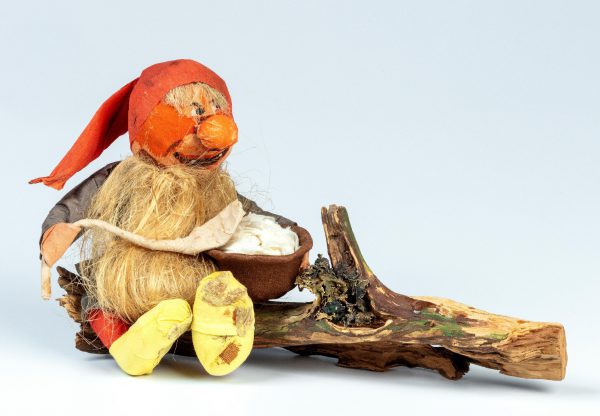 Elves
Elves
-
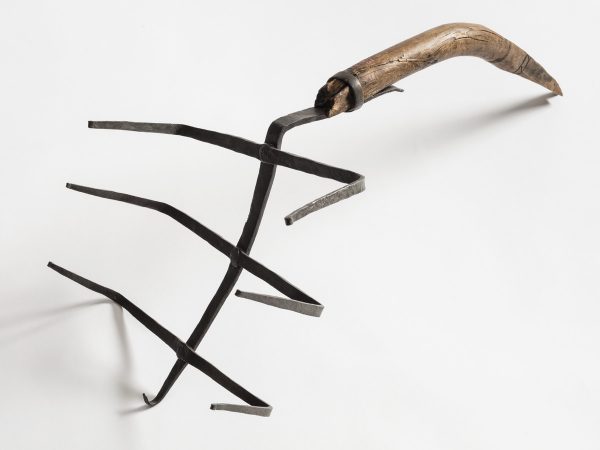 Fire rack and gig
Fire rack and gig
-
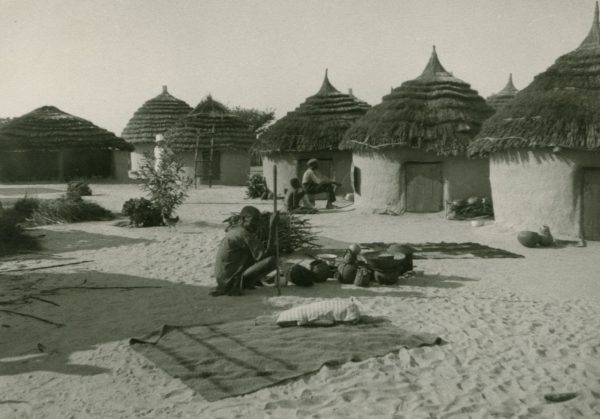 Ndonga-language hymn book
Ndonga-language hymn book
-
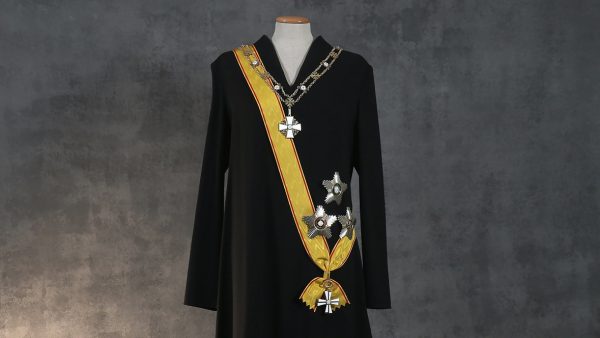 President Tarja Halonen’s inaugural attire
President Tarja Halonen’s inaugural attire
-
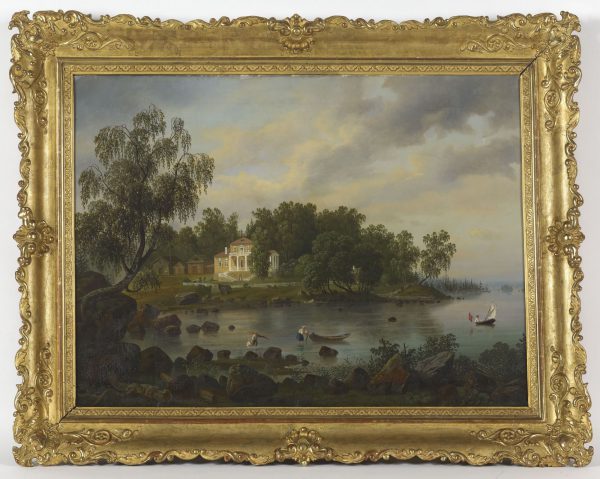 Landscape paintings from Vyborg
Landscape paintings from Vyborg
-
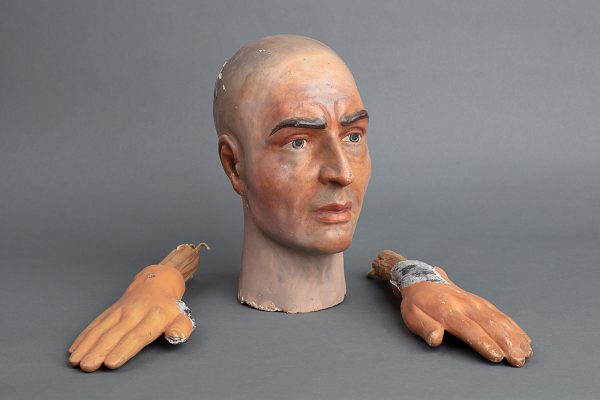 Matti Haapoja – From a piece of string to a leather patch of skin
Matti Haapoja – From a piece of string to a leather patch of skin
-
 Lightship Kemi’s commuter boat
Lightship Kemi’s commuter boat
-
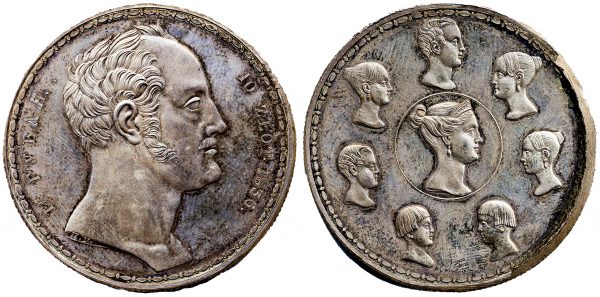 Family rouble 1836
Family rouble 1836
-
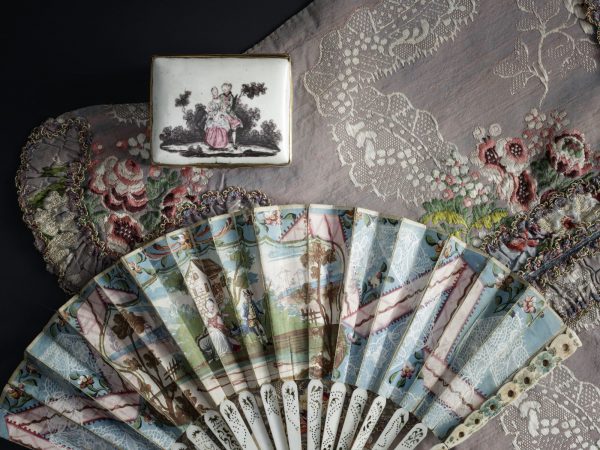 Snuff and patches
Snuff and patches
-
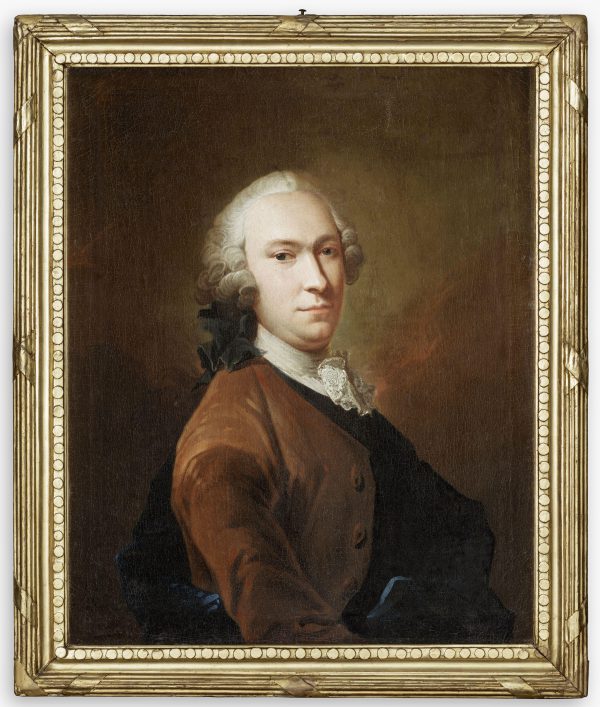 A new addition to Isaac Wacklin’s oeuvre
A new addition to Isaac Wacklin’s oeuvre
-
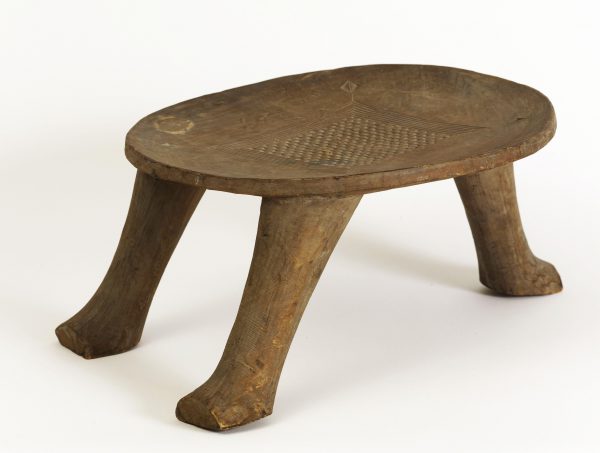 Kataklè stool’s journey from Dahomey via Paris to Helsinki
Kataklè stool’s journey from Dahomey via Paris to Helsinki
-
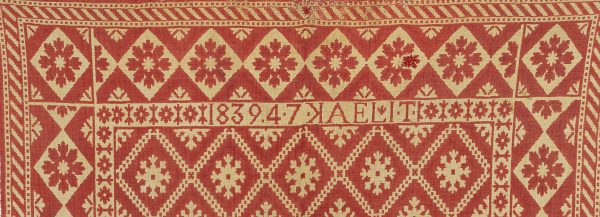 The mystery of the double cloth
The mystery of the double cloth
-
-
2021
-
2020
-
2019
-
2018